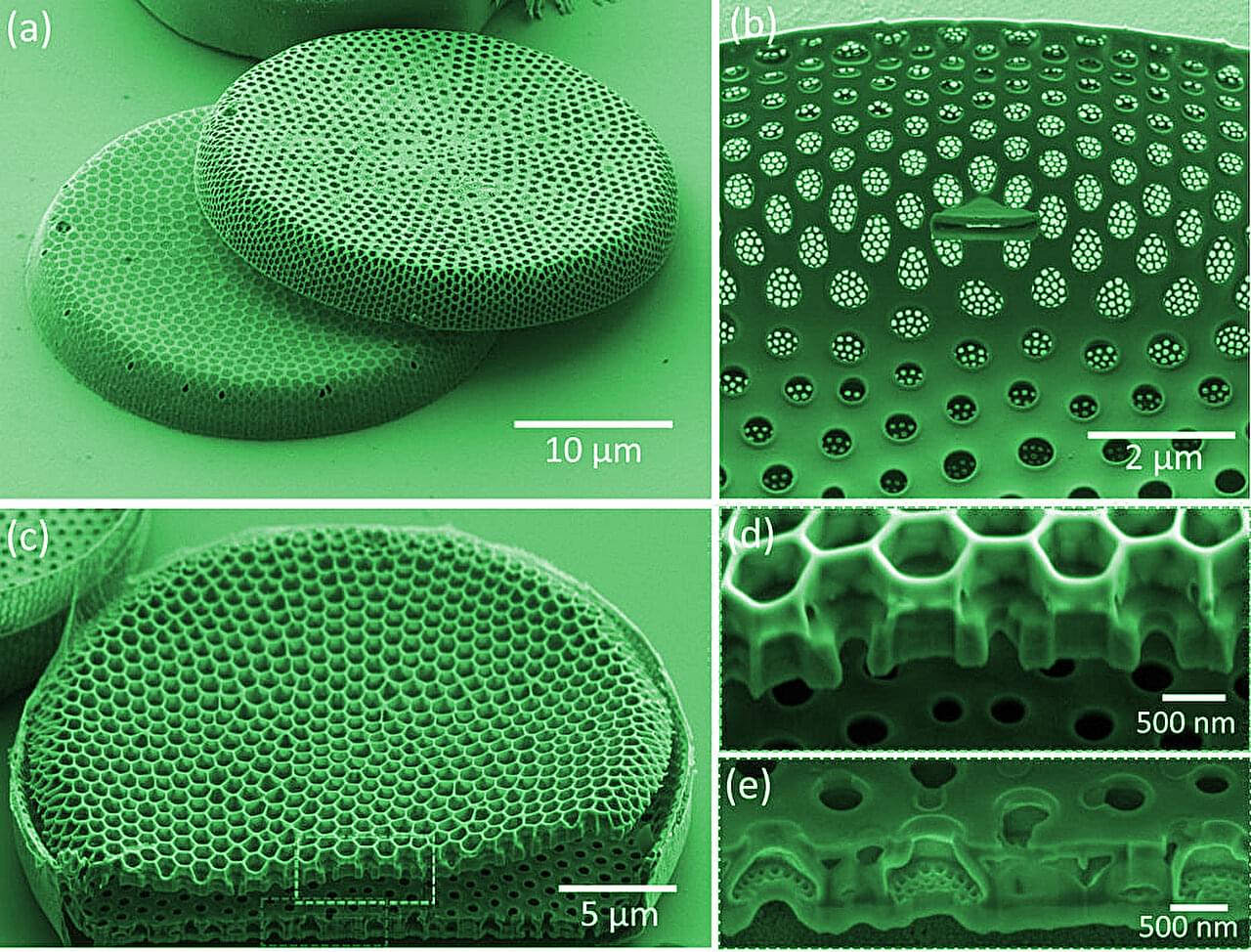China is rapidly scaling up its solar and wind energy infrastructure, accounting for nearly three-quarters of all utility-scale projects currently under construction worldwide, according to a new report from the Global Energy Monitor (GEM). With 510 gigawatts (GW) already under construction and a total pipeline of over 1.3 terawatts (TW), China is consolidating its position as a dominant force in the global energy transition.
This acceleration follows years of sustained growth. As of early 2025, China’s operating solar and wind capacity has reached 1.4 TW—equivalent to 44% of the global total and more than the combined capacity of the European Union, United States, and India. In the first quarter of this year, wind and solar supplied 22.5% of the country’s electricity, overtaking thermal power capacity for the first time.
The majority of China’s new capacity is coming from centralized utility-scale projects, particularly in northern and western regions such as Xinjiang and Inner Mongolia, which host nearly 40% of the country’s planned solar and wind capacity. In 2024 alone, China added 278 GW of solar and 46 GW of wind.








